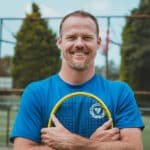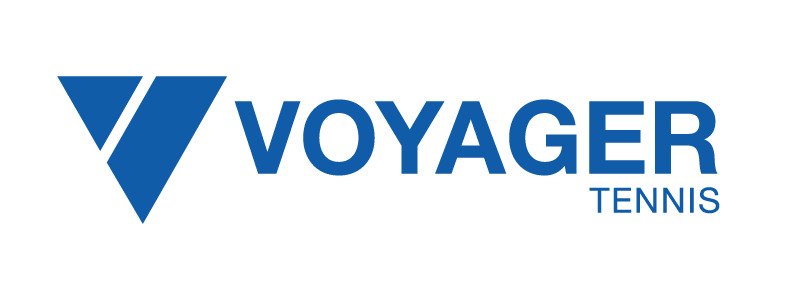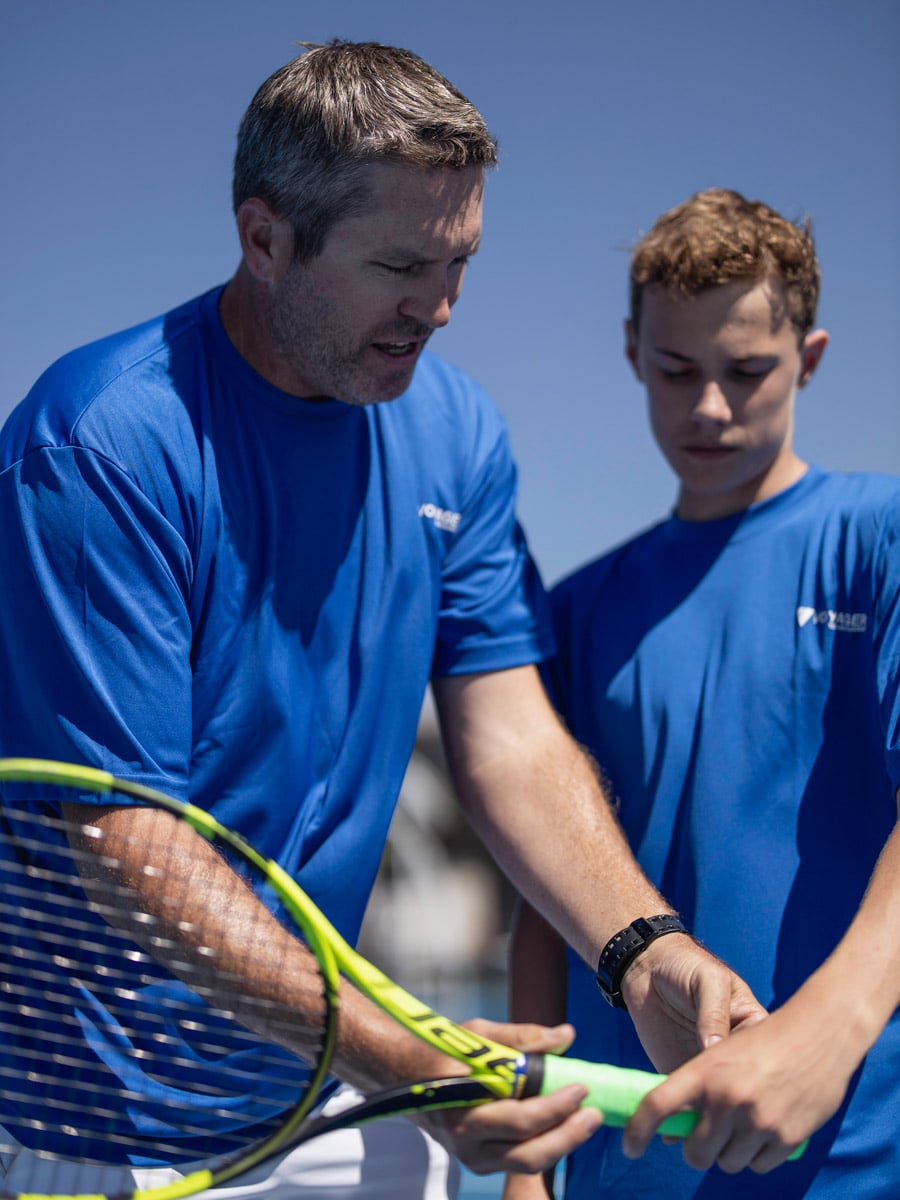
Here are 7 common mistakes that we see families of elite players make and how to avoid them.
1. Lack of a structured training and competition plan
Designing an effective training and competition plan is crucial for a player to maximise their potential. There are a lot of elements that need to come together and many families without professional tennis backgrounds often aren’t sure exactly how to best approach this.
A well-constructed player development plan will involve consideration of the following:
- Quantity and quality of on-court practice hours
- Volume of competitive matches played
- Technical development
- A physical training and injury prevention program
- Spending time in an environment where players are pushed and encouraged to develop key personal qualities such as a strong work ethic, discipline and resilience
Most tournament level players are missing a least 1 or 2 of the above areas in their regular schedule which will not enable the student to reach their full potential in the long run.
Ask your coach if they can help you put together a structured training and competition plan that takes your tennis goals into consideration. Even if you have to pay your coach for an hour or two of their time, it will be more than worth it.
2. Chasing tournaments to inflate ranking
A high volume of match play is a vital part of a player’s development. Research does show that the more matches a player competes in, the better they become.
However, the mistake that we often see is players chasing tournaments all over the country to inflate their ranking. Families who take this path usually make considerable lifestyle sacrifices to do so and the player often feels high levels of pressure to perform. This can make it difficult for the player to enjoy the game.
One suggestion is for players is to seek a variety of match play opportunities including leagues, matches for your club/region, UTR events, ranking tournaments and practice matches.
For those who are pursuing a U.S. College Tennis Scholarship, the Colleges are now using the Universal Tennis Rating (UTR) to recruit players into their teams so a focus on developing a good UTR is also vitally important. You can check out your Universal Tennis Rating at myutr.com
3. Over-emphasising private lessons
In order for a player to reach their highest potential, they will need a high-performance coach to mentor them through the many facets of the game and keep the student focused on what’s important for their development.
One of the main goals of the private coach is for the players to become independent thinkers and problem solvers on court and be accountable for their own progress.
The mistake we often see in this area is players getting multiple private lessons per week or having multiple coaches. This is often expensive, unnecessary and the overload of information and time spent with the coach will often slow their progress and their ability to become independent thinkers and problem solvers.
Private lessons are most impactful when conducted on a frequency anywhere from weekly to monthly and should provide the player with enough opportunities in between lessons to work on the high impact areas decided with their coach.
4. Wrong choice of High School for pursuing elite tennis
If your child has aspirations of achieving a U.S. College tennis scholarship or playing professional tennis, it’s important to understand that training and competition requirements increase significantly as the student goes into High School.
To achieve big goals in tennis, players in High School will need to be on court for a minimum of 12 hours per week in a high-quality environment and play 80 + matches per year. Please read the Tennis Australia guidelines here for training and match play requirements across all ages of development.
There are many schools in Australia that facilitate this process and the vast majority can make it difficult.
Before choosing a High School, ensure that it will provide the opportunity to easily access a high volume of quality training and match play opportunities either within or outside the school environment.
5. Doing too many different after school activities
Most current professional players participated in a number of other sports in their pre-teenage years. Being exposed to a wide variety of sports creates well-rounded athletes with highly developed fundamental motor skills needed to play elite tennis.
Provided the student is clocking up a decent number of hours on the court in Primary School, diversifying is a good idea, but if continued after the age of 12 there is a high risk of falling behind and being overtaken by the peer group.
If the student has big aspirations in tennis it’s time to reduce non-tennis related activities and start specialising in High School.
6. Trying to go pro after High School
Professional tennis is now more competitive than ever and most players are now peaking in their late 20’s and early 30’s. The average age of players in the top 100 for women is 25yrs and for men is 26yrs. Of those who do make the top 100, it takes an average of 4 years to do so.
Most players who try and go pro after High School are not physically or mentally mature enough and rarely progress past the lower levels of the professional tour. As such, we encourage players who are looking to play professional tennis to use College in the U.S. as a stepping stone.
Unless you are top 200 in the world on the ATP/WTA Tour by the age of 18yrs, you are far better off developing your game for a further 4 years at a College in the United States which is where most of the world’s best 18-22 year olds are now training and competing.
7. Trying to pursue a U.S. college scholarship on your own
One of the hardest aspects of going to a U.S. College is finding one that is the right fit for the individual. With over 4,500 colleges to choose from, it’s no wonder we see many families run into trouble.
Players and parents who try and navigate this on their own usually do so with a lot of difficulty and some miss the boat altogether through not understanding eligibility or choose a College that is not appropriate for their child which can lead to a negative experience.
We strongly recommend using a College placement such as Study and Play USA that can help guide you through the complex application process and help find the right college for the student athlete.
We hope this article has been helpful. Feel free to leave questions or comments below and we’ll get back to you.
By Ryan Henry, Managing Director of Voyager Tennis and Ex-Pro Tennis Player




